|
Rare are the plants in our landscape that bloom in fall and winter, and perhaps that’s why camellias are such a treasured plant in the south. They really have no rival when it comes to the floral display that they put on during the coldest part of the year.
Camellias are susceptible to a few pest problems. The most frequent of these is camellia tea scale- small, powdery white insects that congregate on the underside of leaves and cause yellow spotting on the top of the leaf. This tends to be a greater problem for japonicas and can be controlled with spring applications of horticultural oil and by being careful not to over fertilize plants. Another common problem is the fungus exobasidium, which causes new leaves in the spring to become thick, rubbery, and discolored in a whitish or pinkish hue. This problem is typically worse on sasanquas and requires removal of infected leaves by pruning. Finally, because camellias like acidic soil but are frequently planted near home foundations, where soil tends to be more alkaline, general poor growth and discoloration can often result. To combat this problem, make sure not to use any lime near camellia plants, and have your soil tested to make sure it is in the proper pH range. If the pH is too high, using fertilizers that contain sulfur will bring the pH down to an acceptable level.
On January 27, the Pitt County Extension Master Gardener volunteers will be hosting their annual speaker’s event, featuring retired Virginia Zoo Landscape Coordinator Marie Mims Butler. The speaker’s event is always a popular event for gardening enthusiasts and tickets are now on sale at the Cooperative Extension office and at Wild Birds Unlimited in Greenville. Tickets make great stocking stuffers for your favorite gardener! Photos from NC Extension Gardner Plant Toolbox Matthew Stevens is the horticulture extension agent for North Carolina Cooperative Extension’s Pitt County Center. If you have any questions about this article or other aspects of your home gardening, please contact the Pitt County Master Gardener Infoline at 252-902-1705.
0 Comments
Holidays in general and Christmas in particular are times when we celebrate traditions. Christmas has many traditions that are tied directly or indirectly to plants. We put up a tree in our house to decorate and put presents under it. We hang a wreath made of greenery from trees and bushes on our doors and windows, and we put plants such as poinsettias inside the house. Another interesting tradition is hanging mistletoe in the house, in the hopes that someone standing underneath will be blessed with a kiss. American mistletoe (Phoradendron leucarpum) As a horticulturist, this particular tradition is funny to me, as there is nothing inherently romantic about the mistletoe plant. It’s not particularly attractive and it is one that typically survives as a parasite of another plant. It is technically a partial parasite, meaning it can grow on its own and produce its own food via photosynthesis, but is more often found growing on other plants and depleting their resources. Many origin stories describe mistletoe as being a historic symbol of fertility and as such, some cultures would hang it in their homes as a sort of good luck charm. Other cultures thought mistletoe had the ability to ward off evil spirits and hung it for those reasons. The tradition of kissing under the mistletoe seems to derive from the Greek festival of Saturnalia, and later became incorporated into Christmas customs. American mistletoe, Phoradendron leucarpum, is an evergreen plant with small white flowers and berries. It is most commonly found growing on trees such as maple, oak, walnut, and poplar in our area. The roots of the mistletoe penetrate the bark of the host tree through pores or wounds, and steal water and nutrients from the host. Mistletoe will only rarely kill a tree, but can potentially weaken it, leaving it susceptible to other problems. Because mistletoe is a parasite and essentially shares a vascular system with its host plant, there is no chemical that you can use to kill it that won’t also hurt the host. Instead you must prune out the mistletoe. If it is growing on a small branch, prune off that branch at least one foot below where the mistletoe is attached. If it’s a larger branch that you can’t remove, prune back the mistletoe as close to the branch as possible, and then wrap that area with a dark fabric to prevent the mistletoe from resprouting. You may have to prune again several times before you’ve completely removed the mistletoe. Mistletoe grows in trees and can be high up in the branches where is it difficult to control. These controls might be realistic for smaller trees, but practically speaking it will be difficult to control larger trees that have been infected with mistletoe. Since it is rare for a mistletoe infestation to be severe enough to kill a tree, you may just have to tolerate seeing the mistletoe for the few months a year the tree is without its leaves, and then let the leaves hide the mistletoe for the rest of the year.
Matt Stevens is the County Extension Director and horticulture agent for North Carolina Cooperative Extension’s Pitt County Center. If you have any questions about this article or gardening in general, please contact the Master Gardener Infoline at 252-902-1705. Photos from iStock Few plants are as associated with the Christmas season as the poinsettia, the colorful plant we see adorning the insides of homes and offices all throughout the month of December. It may seem a curious thing that this beautiful plant becomes so prominent during the coldest time of our year, given that it is a tropical plant extremely sensitive to cold temperatures, but not all Christmas traditions originate where snow falls. In Mexico, poinsettias grow to be larges shrubs and they naturally bloom during the month of December.Because it naturally flowered at this time, Franciscan priests began using Poinsettias in the Fiesta of Santa Pesebre nativity procession, and the pointsettia eventually became linked to the Christmas holiday. The poinsettia was introduced to the United States in 1825 by US Ambassador to Mexico Joel Poinsett, from whom its common name is derived, and it soon became part of our Christmas tradition as well.
People often ask if poinsettias are poisonous. While it’s true that they often appear on lists of poisonous plants, they are not poisonous in the sense that if you eat them you will become gravely ill or die. If you, or your child, or your pet for some reason decides to eat a bunch of poinsettia leaves or stems, you’ll probably find yourself with a bit of a tummy ache, and perhaps even vomit, but that will likely be the end of it. It’s worth noting that the same thing will likely happen if you, your child, or your pet decides to eat almost any other plant you’d find inside your home. What makes poinsettia a little different than those other plants is the milky sap inside the stems, which is actually latex. Some people have latex allergies, so exposure to the sap may cause itching or other reactions, but for those without latex sensitivity, it is completely benign. As mentioned earlier, the sap was once used as medicine, and as with many compounds, the difference between cure and toxin depends largely on the dosage and the individual’s particular response.
They are not cold hardy, so they will need to be overwintered indoors before being planted outdoors in the spring. Matthew Stevens is the County Extension Director and Horticulture Agent for North Carolina Cooperative Extension’s Pitt County Center. If you have any questions about this article or other aspects of your home gardening, please contact the Pitt County Master Gardener Infoline at 252-902-1705. Photos from iStock
|
Matt Stevens
Pitt County Extension Director & Horticulture Agent Archives
July 2024
Categories |
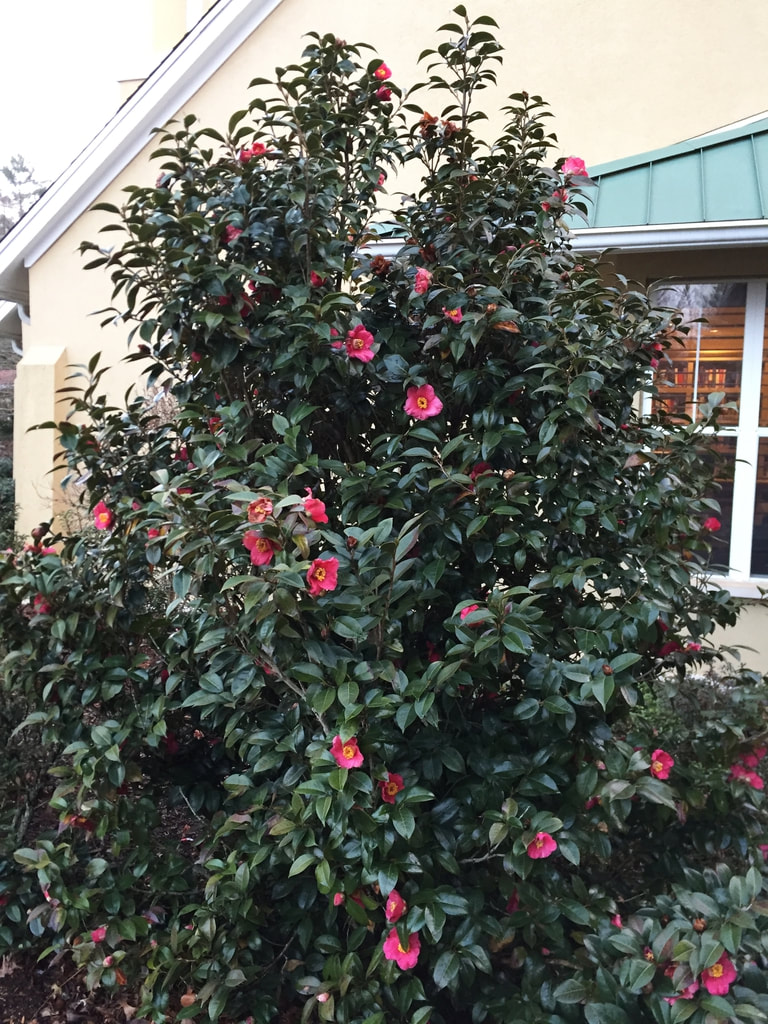

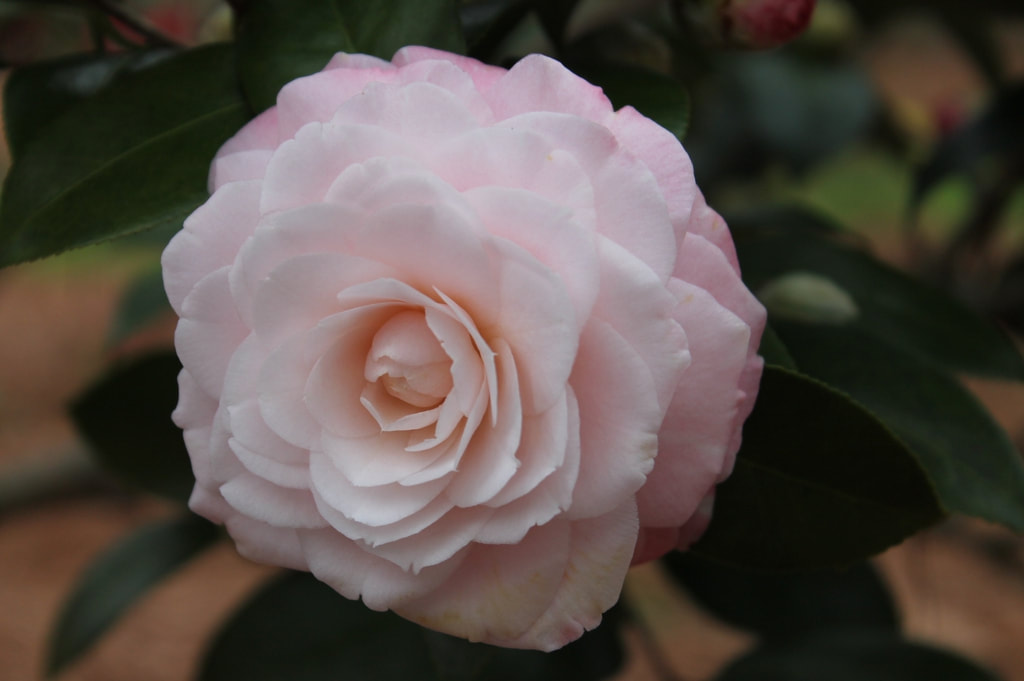

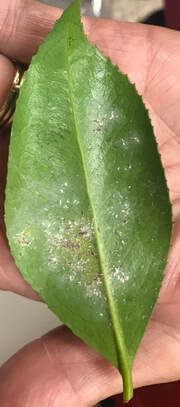

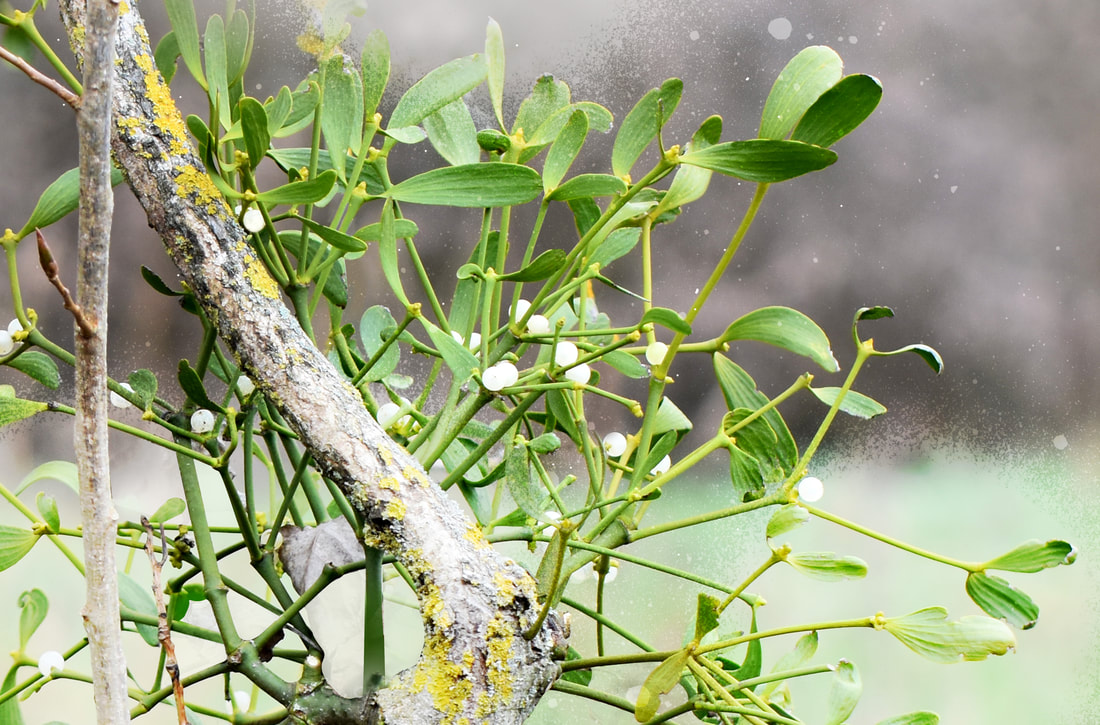
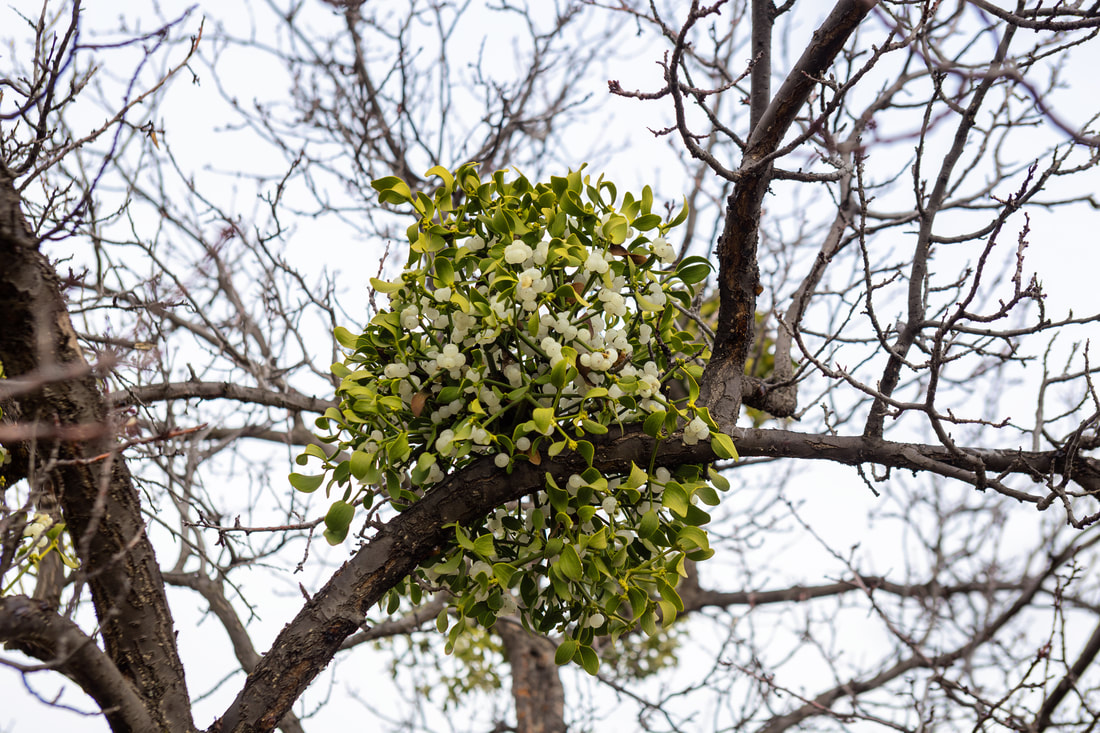

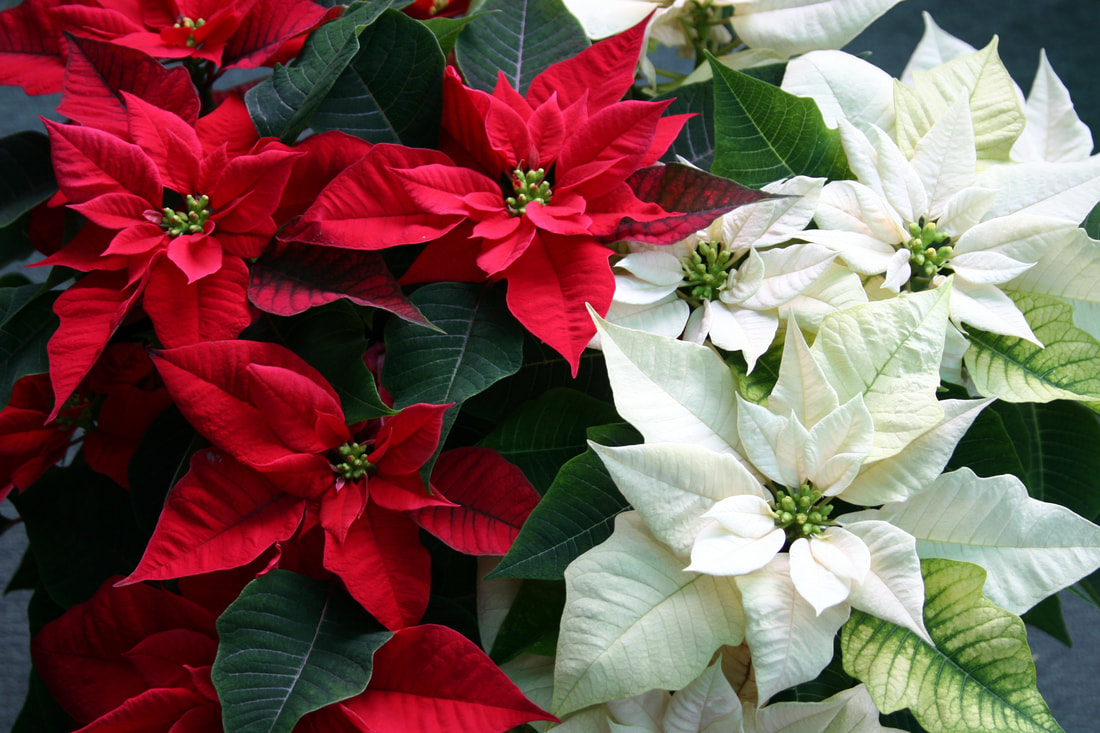


 RSS Feed
RSS Feed